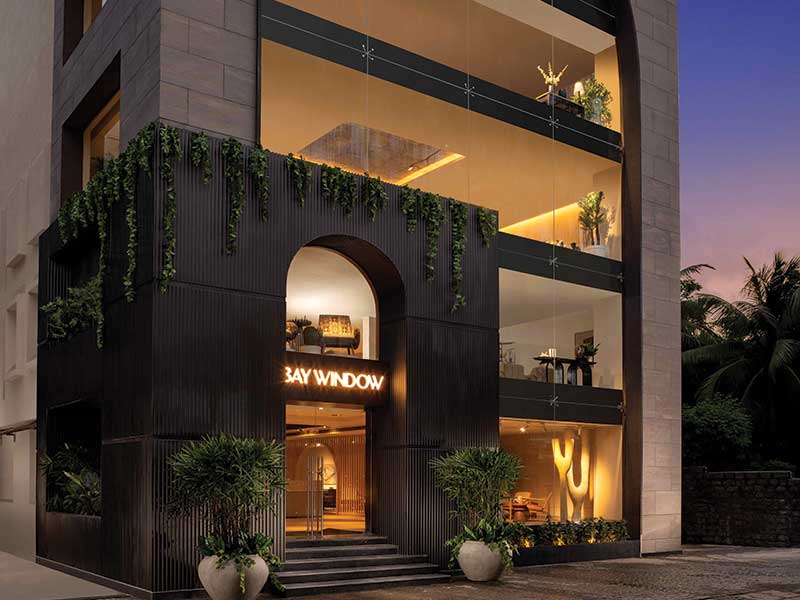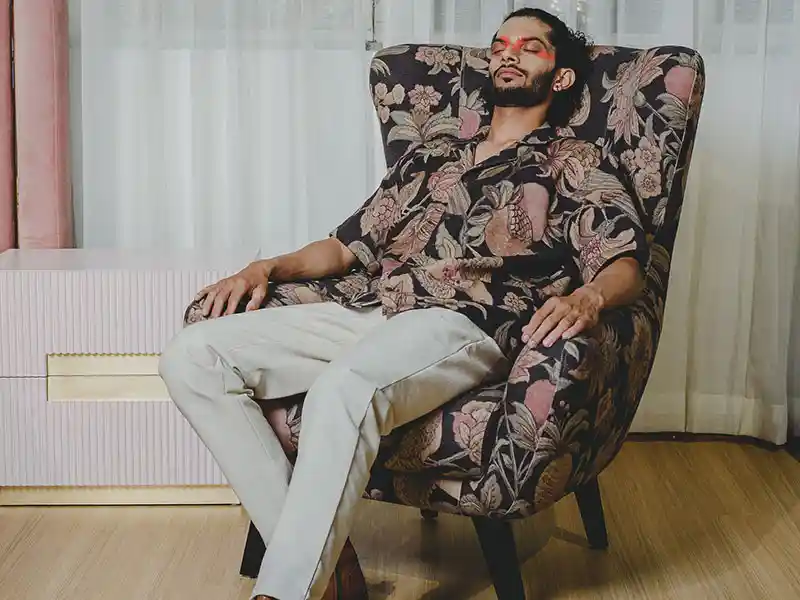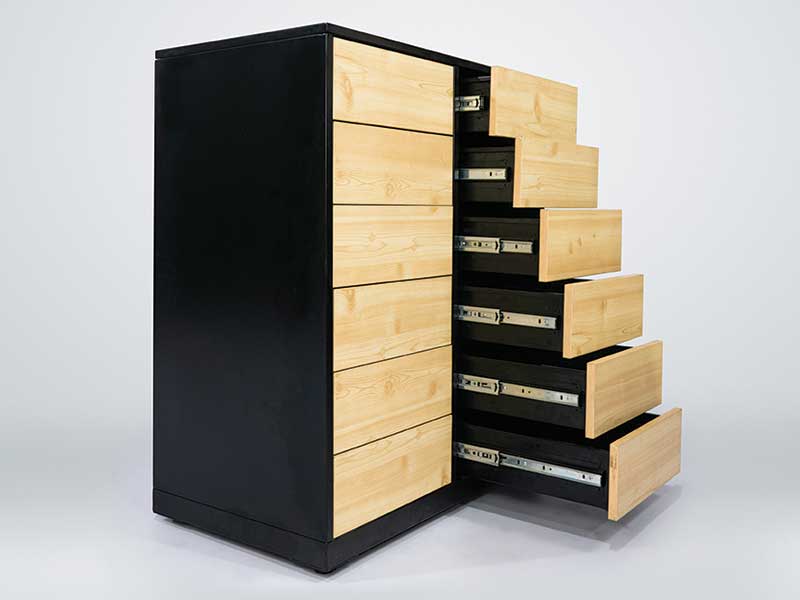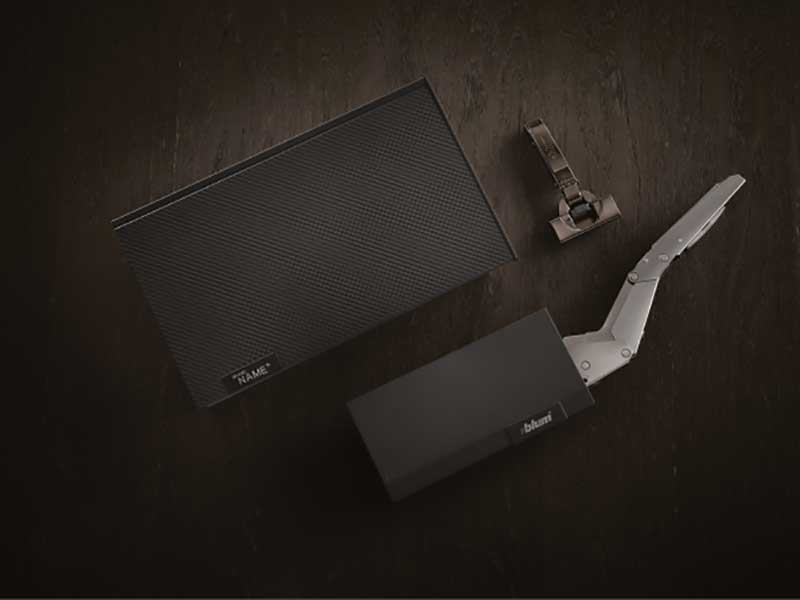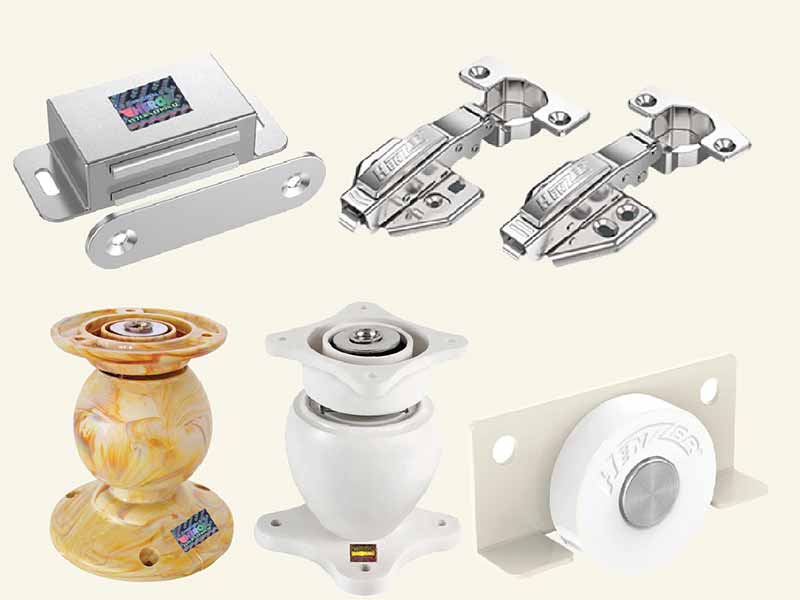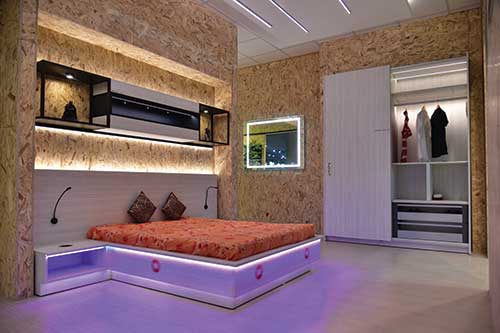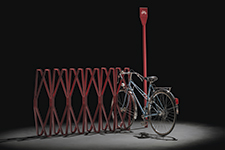The design of hospitality projects has transcended to a highly interactive and experiential form, within which typology, an oft overlooked, yet undeniably crucial aspect, is the furniture. The design and creativity that goes into making a piece of luxury furniture may be borne out of practical necessity or purely as a desire to produce a truly stunning and unique article.
The design process is based on the specificity of the space. For instance, in furnishing a restaurant bay window that requires a piece of banquette seating of very specific dimensions, the process is smooth and relatively hassle-free for a designer or manufacturer, as the concept and thematic appeal is already established by the architects and designers. On the other hand, designing for a larger and generic audience is a very complex process as the products need to have an individual recon factor so that they can be used in several different contexts.
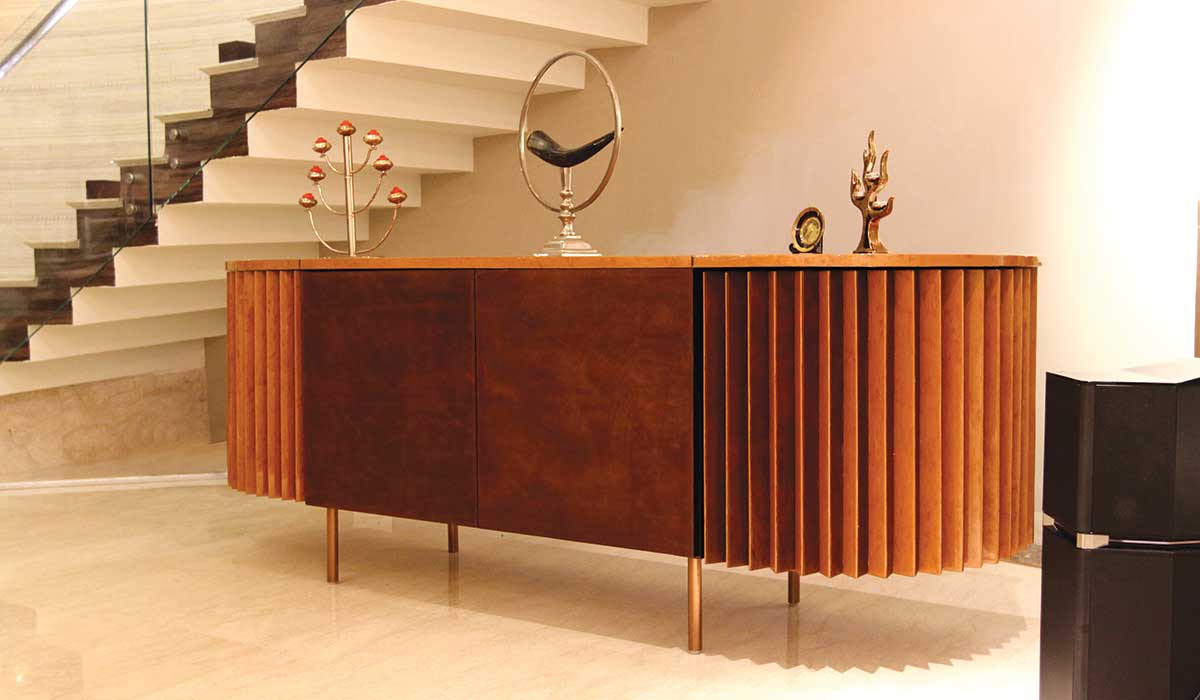 The most utilitarian and versatile piece is the console table, also known as the sofa table, which can perform multiple functions, depending on the area it is installed in. Crafted with teak wood, the Origami console is cladded with rich brown leather, has a Burl veneer with polyester finish and Blum fittings, and its louver design is made of live edge wood. As a self-sustained attractive piece, it can be used as a staging area for antiques, as a buffet table, or a bar cart.
The most utilitarian and versatile piece is the console table, also known as the sofa table, which can perform multiple functions, depending on the area it is installed in. Crafted with teak wood, the Origami console is cladded with rich brown leather, has a Burl veneer with polyester finish and Blum fittings, and its louver design is made of live edge wood. As a self-sustained attractive piece, it can be used as a staging area for antiques, as a buffet table, or a bar cart.During the product design and manufacturing there are several aspects that should be taken into consideration. The first major aspect is the individuality of the piece, which includes the dimensions and shape, fabric selection and stain choice. Stunning bespoke pieces can act as focal points in hotel rooms or restaurants and result in an interior space that has its individual recall value and visual impact.
Modern furniture design has seen a revival of the classical style of royal furniture or has picked up elements from it, resulting in a transitional style, which is a mix of traditional and contemporary design elements
Gobind Kapur
Another critical factor is the practicality of the product, which means that the furniture should also be robust, functional, and in many cases, adapted to fit within the available space. The footfall to the establishment should be evaluated along with the interaction of the furniture. The products also need to be viable for storage and transportation. The third most important factor is the material and its quality. Although designed from scratch, the furniture still needs to meet all the stringent standards for contract furniture. Since, trends change every season with new materials and styles, all these factors are of utmost importance when designing furniture.
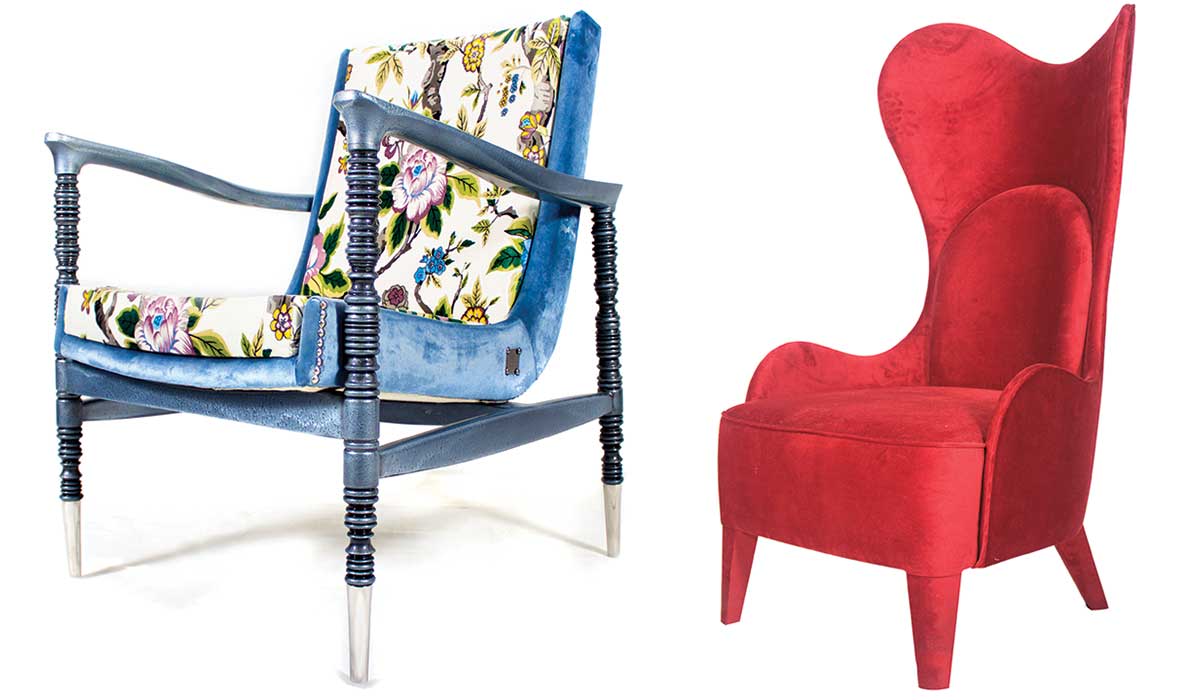 The Vogue long back armchair, representing the authority and regality of nobles, has made its place in mainstream interior design, where it often acts as the focal point. With its slightly curved armrest, round soft integrated cushion seat and backrest, and padding all over, it is structured to give a wholesome, relaxing experience. Made with premium quality velvet and a teak frame, the vibrant red colour further accentuates the beauty of the interiors.
The Vogue long back armchair, representing the authority and regality of nobles, has made its place in mainstream interior design, where it often acts as the focal point. With its slightly curved armrest, round soft integrated cushion seat and backrest, and padding all over, it is structured to give a wholesome, relaxing experience. Made with premium quality velvet and a teak frame, the vibrant red colour further accentuates the beauty of the interiors. 



